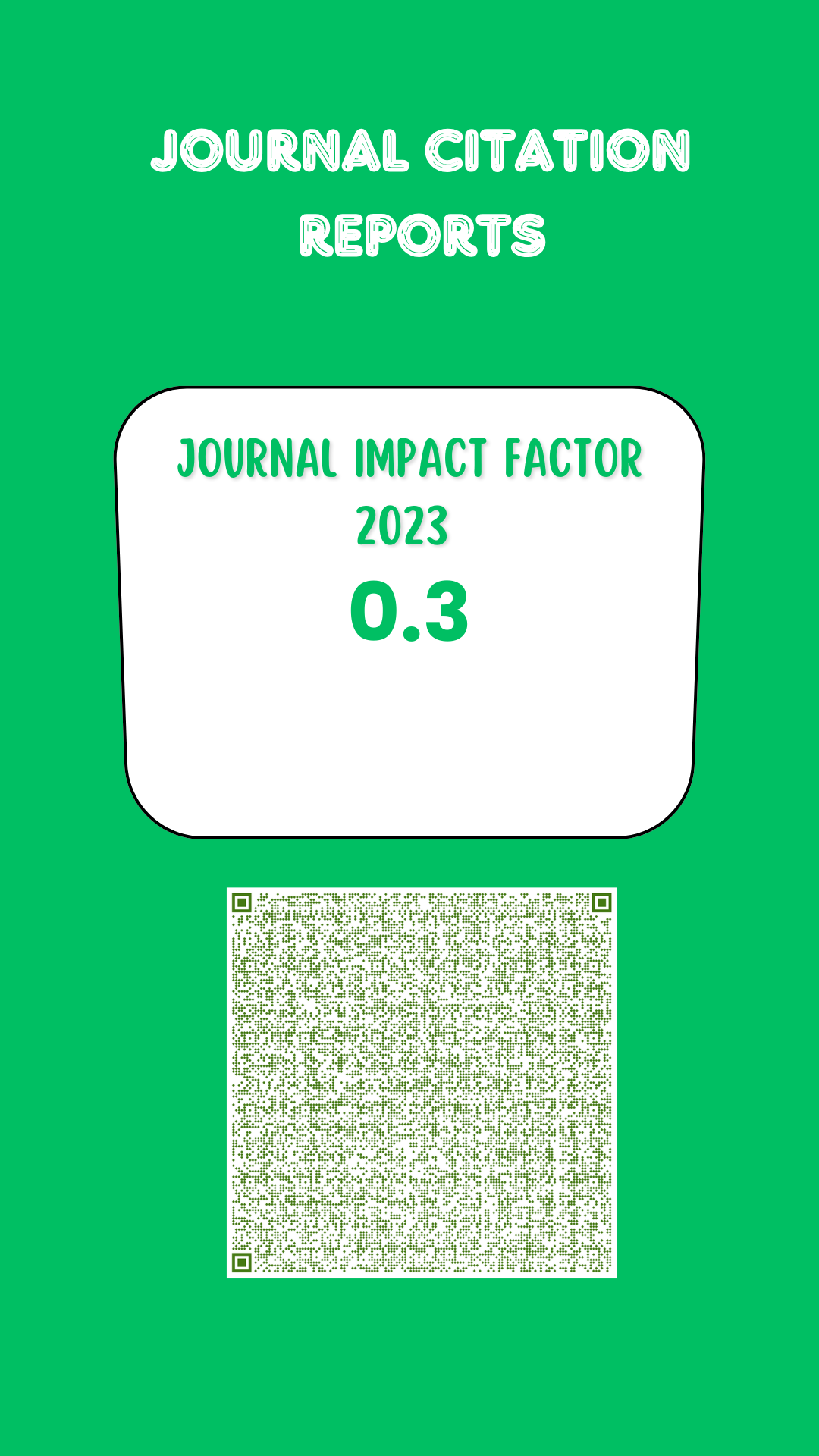DHA and plants extracts effect on productivity of sow infected PRRS
DOI:
https://doi.org/10.19136/era.a10n2.3640Keywords:
Fat acids, phytogenic feed aditives, viral infection, immunostimulant,, swineAbstract
Pig Respiratory and Reproductive Syndrome (PRRS) is an en- demic disease in pigs that tends to become chronic. Efforts are focused on prevention and control to minimize damage, as no treatment exists. The effect of adding docosahexaenoic acid (DHA) and turmeric oleoresin and capsicum (plant extracts, PE) in the feeding of breeding sows affected with PRRS on their productive performance, health and progeny was evaluated. Forty-eight first-parturition sows were randomly distributed into four treatments (Tr1, control; Tr2, DHA; Tr3, PE; Tr4, DHA+PE). The second parturition assay followed the same design. Tr3 and Tr4 got more piglet weight at birth in both parturitions (P < 0.05) than the others. In both deliveries, the addition of DHA and PE resulted in fewer mummies (P < 0.05) and lower cost than the other treatments. Tr3 had a higher number of live piglets in both parturitions, while Tr4 only got that in the second parturition (P < 0.05). More piglets were weaned in Tr2 and Tr3 (P > 0.05) in the first parturition; but Tr2 outperformed the others in the second parturition (P > 0.05). By ELISA, all pigs developed antibodies against PRRS. The groups receiving DHA and/or PE had higher serum IgG concentrations than control (P < 0.05). It is concluded that the addition of DHA and PE improves the productive response and induced higher concentrations of IgG in both parturitions, in addition to reducing the production cost of sows.
Downloads
Downloads
Published
Issue
Section
License
Copyright (c) 2023 Ecosistemas y Recursos Agropecuarios

This work is licensed under a Creative Commons Attribution-NonCommercial-ShareAlike 4.0 International License.
Aviso de copyright
Los autores que se envían a esta revista aceptan los siguientes términos:
una. Los autores conservan los derechos de autor y garantizan a la revista el derecho a ser la primera publicación del trabajo con una licencia de atribución de Creative Commons que permite a otros compartir el trabajo con un reconocimiento de la autoría del trabajo y la publicación inicial en esta revista.
B. Los autores pueden establecer acuerdos complementarios separados para la distribución no exclusiva de la versión del trabajo publicado en la revista (por ejemplo, en un repositorio institucional o publicarlo en un libro), con un reconocimiento de su publicación inicial en esta revista.
C. Se permite y se anima a los autores a difundir su trabajo electrónicamente (por ejemplo, en repositorios institucionales o en su propio sitio web) antes y durante el proceso de envío, ya que puede conducir a intercambios productivos, así como a una cita más temprana y más extensa del trabajo publicado. (Consulte El efecto del acceso abierto).



